Argentine volleyball legend Julio Velasco puts his whole career into perspective – his influences, the golden era in Italy, the ties with Iran, and his coaching objectives for his latest exploit of leading his native Argentina in the FIVB Volleyball World League.
Challenge is a constant word on Julio Velasco’s vocabulary, it is almost part of the air this Hall of Fame inductee breathes. Velasco is known worldwide after becoming one of the most victorious coaches leading and making the Italian men’s team a volleyball powerhouse. Velasco collected successes wherever he worked, whether in training clubs or national teams.
Velasco’s keen observation of the game in his early days honed his teaching skills and established a timeless philosophy that he constantly applies in all his coaching exploits.
The FIVB chose the 62-year-old Argentine as best coach of the 20th century. His latest achievement was guiding Iran men’s national team to two continental gold medals and beating almost every top squad in the world.
To his own surprise, after 31 years living abroad, he received an invitation from the Argentine Volleyball Federation to be the coach of the men’s team.
“It is such a great joy, but at the same time it is also a challenge and a very important duty.” Velasco said. “I think I owe something to Argentina because my country gave me so many things.”
The brilliant coach took some time out for a Q&A session to share his flight into becoming one of the best coaches in the world and how he will start a renewed journey with Argentina to the FIVB World League.
Q1: How did you start your career as a coach and who were your main influences?
Velasco: “I started teaching volleyball for a group of guys in my hometown, La Plata, at a club called Estudiantes de La Plata. Then I went to Buenos Aires, to a local fourth division club team. Later I was teaching children to play volleyball in two clubs in Buenos Aires – Gimnasia y Esgrima and Ferrocarril Oeste. It was a very important experience to work with kids as a coach because the didactic and methodological part helped me a lot.
“My first influence was my coach Jorge Taboada,” Velasco added. “Another important influence I remember was back in 1974, during the World Championship in Mexico, when Argentina sent 27 coaches and three players – it was the first major exchange by Argentine volleyball at the international level.
“My coach was one of those who returned with Super 8 movies of some teams such as Russia, Poland, and Japan among others. I remember we had a big debate back then, as some loved the speed game of Japan, like my coach, and others were fond of the style used by former East Germany and Soviet Union – teams that played with more strength, better technique, and height. I participated in those discussions about playing fast or having good technique and strong physical preparation.
“I realised that I do not need to choose between the two systems. So I decided to put together the systems of these two influences – Juan Carlos Enseñat’s orthodox game that prevented errors and Taboada’s concept of playing the speed game.
“I started working to unite these two styles. When I began travelling the world with the national team in 1981, having a very significant apprenticeship as assistant coach to Young Wan Sohn, I saw entirely what is happening in international volleyball. Back then, I copied several teams and got the chance to know all the players – from their training methods to their styles of play.
“Then I moved to Italy and started my apprenticeships from coaches Carmelo Pittera and Silvano Prandi. I adapted to their approaches and learned from them. The last major influence came from the United States, which dominated the competition back then, with a whole new theory of training and motor. It was very different from those used in Europe and Argentina. Brazilian volleyball had a strong influence in Argentine volleyball. All those years, squads such as the Soviet Union, United States, Brazil and Poland were major influences.”
Q2: Would you say that the results obtained by the Italian men’s national team represent the highlight of your career?
Velasco: “Obviously they were, if we were looking at the results – two World Championships, three European titles, five World Leagues titles, one World Cup title, and an Olympic silver medal in Atlanta 1996 – though these were not the highest moments in terms of changing the teams’ fortunes that I truly appreciate. The experiences I had in Spain and especially Iran were very important to me.
“Training the Iranian national team was quite a challenge since there were differences in cultural and methodological aspects, including the motivational and technical work that can be applied in another environment. I think that my experience with Iran – winning two Asian Championships in a country that had never won that tournament, entering the World League and obtaining very good results against the best teams in the world – is one the highest points in my career that is comparable (to those with the Italian team) when it comes to satisfaction.”
Q3: What would you point out as the main achievement in each of the teams you coached?
Velasco: “I always seek for balance in my teams. I expect them to make fewer mistakes and also be creative no matter if they are serving or expecting to side out, using strength and technique. I also look after the players’ individual abilities, to stimulate their strengths and to fix their weaknesses so that they will become better athletes.
“I was able to do that in those countries where I have worked for a longer period. I was able to do it in the Italian League – achieving four consecutive titles without foreign players was something unprecedented. I have always sought to combine the individual improvement of the players with the development of the team.”
Q4: With a career spanning four decades, what does it mean to you finally coaching the national team of your homeland?
Velasco: “I thought it was never going to happen, I have accepted that situation because volleyball gave me more than I have ever dreamt of. I definitely thought it would always be a pending situation, but then it finally came unexpectedly.
“It is such a great joy after 31 years, I can finally spend most of the year in Argentina, but at the same time it is also a challenge and a very important duty. I think I owe something to Argentina because my country gave me so many things such as free public education, gave me experience and also taught me how to play volleyball, and at one point, to serve in the national team.
“I loved the idea of being able to pass my knowledge and experience to Argentine volleyball. Just like in Iran, where I have developed strong ties in that country, I would have never left if it were not for Argentina. No other country in the world would have made me give up the program with Iran. Italy is a country that I love deeply, it is where I live, where my children and grandchildren live, but Argentina is my motherland. Sharing my experiences to Argentina is “the challenge of all challenges” but I will pursue this endeavour not for myself of for my career but to give back to Argentina, which gave me so much.”
Q5: Have you thought about accepting the call of the Iranian federation and local fans, and continue your work with Iran instead of moving to Argentina?
Velasco: “Since Argentina gave me the opportunity, I was certain that the Iranian federation was going to allow me to go back to my country. I think I know the Iranians enough and they have a great love for their country and I always believed I would be understood, the same way they would not have accepted if I went to another country because they are truly committed and determined.
“The Iranians knew that I would get less money in Argentina, but they realized I wanted to return to my country after so many years. The president (of Iranian federation) Mohammad Reza Davarzani did everything he could for me to stay in Iran, but he finally understood. I like them very much because they were concerned about everything, and they were very receptive to me and provided everything I needed.
“They challenged me by proposing to help them qualify for the Olympics and make history in Iran. It hurts me a lot because I really wanted to do that, but on the other hand, president Davarzani understood that it was a tough situation for me.
“It is so important to me that before retiring, I would get the chance to coach my country, which they accepted, so I can never stop thanking them for that. We talked to Argentine Volleyball Federation (FeVA) president, Juan Antonio Gutierrez, and he agreed that it would be very important to also help the Iranians whenever they needed.”
Q6: Although Iran had already strong teams in the youth level, they had no significant results in senior volleyball until recently. What do you think is the key factor for this evolution, since it is a very complex transition from youth and junior level to the senior level?
Velasco: “This happened because president Davarzani had a very clear idea of what had to be done in order to push the team to a higher level. They needed to change many things about their mindset, organisational methods, international competitions and training. However, you must find a combination of these factors and also incorporating other ingredients such as being sports-minded, and improving the quality and quantity of practice. Development takes time, the first year in Iran was very difficult. There were many issues that I did not know but then the process speeded up and I think that Iran will continue to improve.”
Q7: Argentina was one of the sensations of the 2011 season, but did not do so well in 2012 and 2013. Do you think Argentina will be able to surprise the powerhouses this year? What can we expect from the teams in the World League and in the FIVB Volleyball Men’s World Championship?
Velasco: “I think Argentina have many strengths and weaknesses, as some of us believe we are better than we really are before proving that. I think we have very interesting players, young players who have done well at the youth and junior level. Establishing very high goals before seeing what is possible and before generating partial achievements that bring us closer to those goals is just useless. It will only cause us confusion.
“Before we even start thinking of beating some opponents, we must focus on our own difficulties first. When we begin to beat our own flaws, that when we start having a winning mentality. After getting that winning mentality, we can face the strongest opponents and we may be able to beat them.
“First off, we should focus on the players’ individual abilities and their capacity to fix technical flaws in their game, which we can later do with the team. We cannot start setting goals until we do not produce this qualitative leap on our game. The goal I established for 2014 does not have much to do with results but with the possibility of developing the capacity of our young players. I aim to develop them to their best form. Everyone has to get one or two technical flaws fixed, so the team is going to grow quickly. It will depend on us whether it will take more or less time to develop.”
FIVB IMAGES:

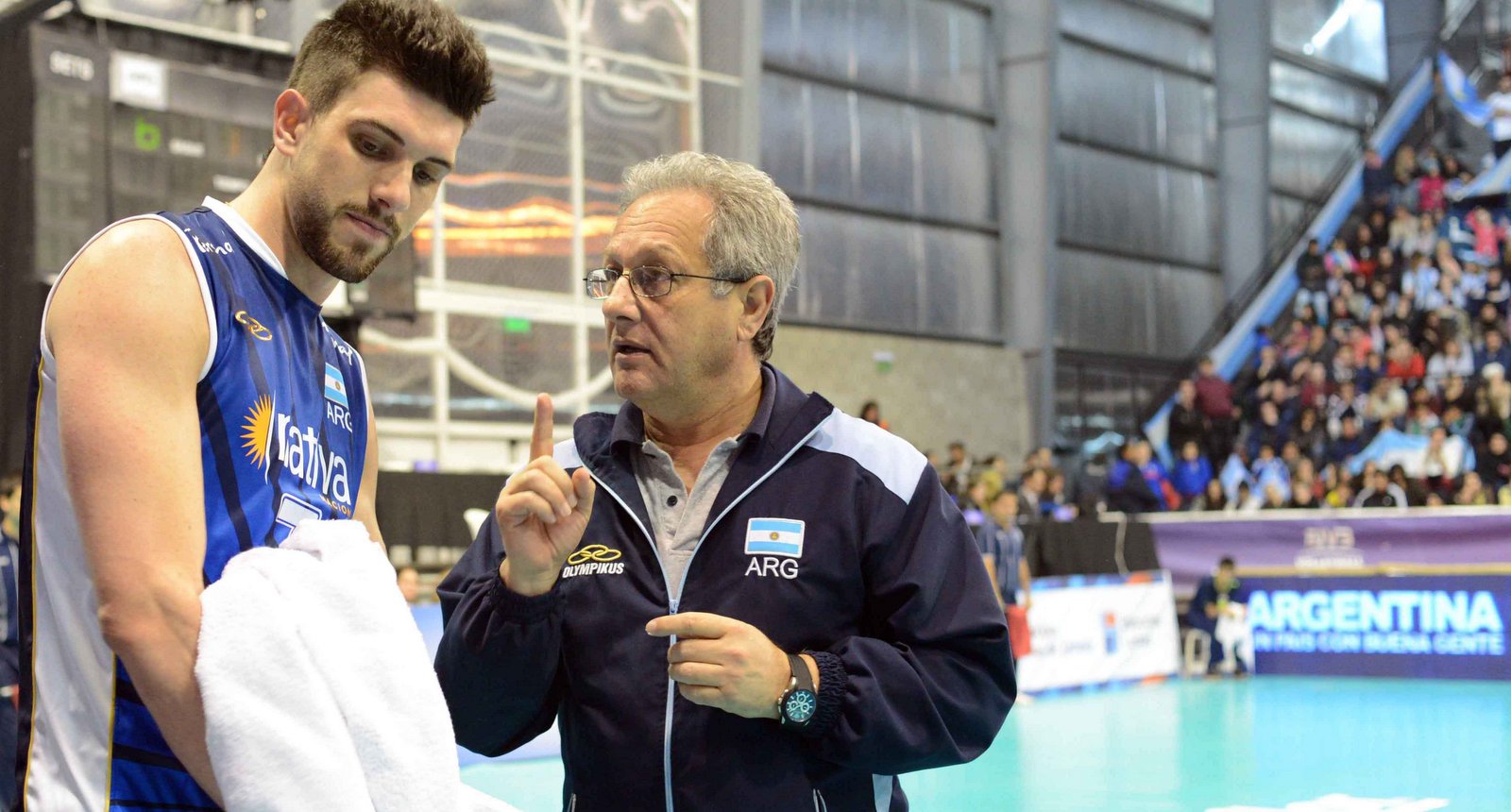
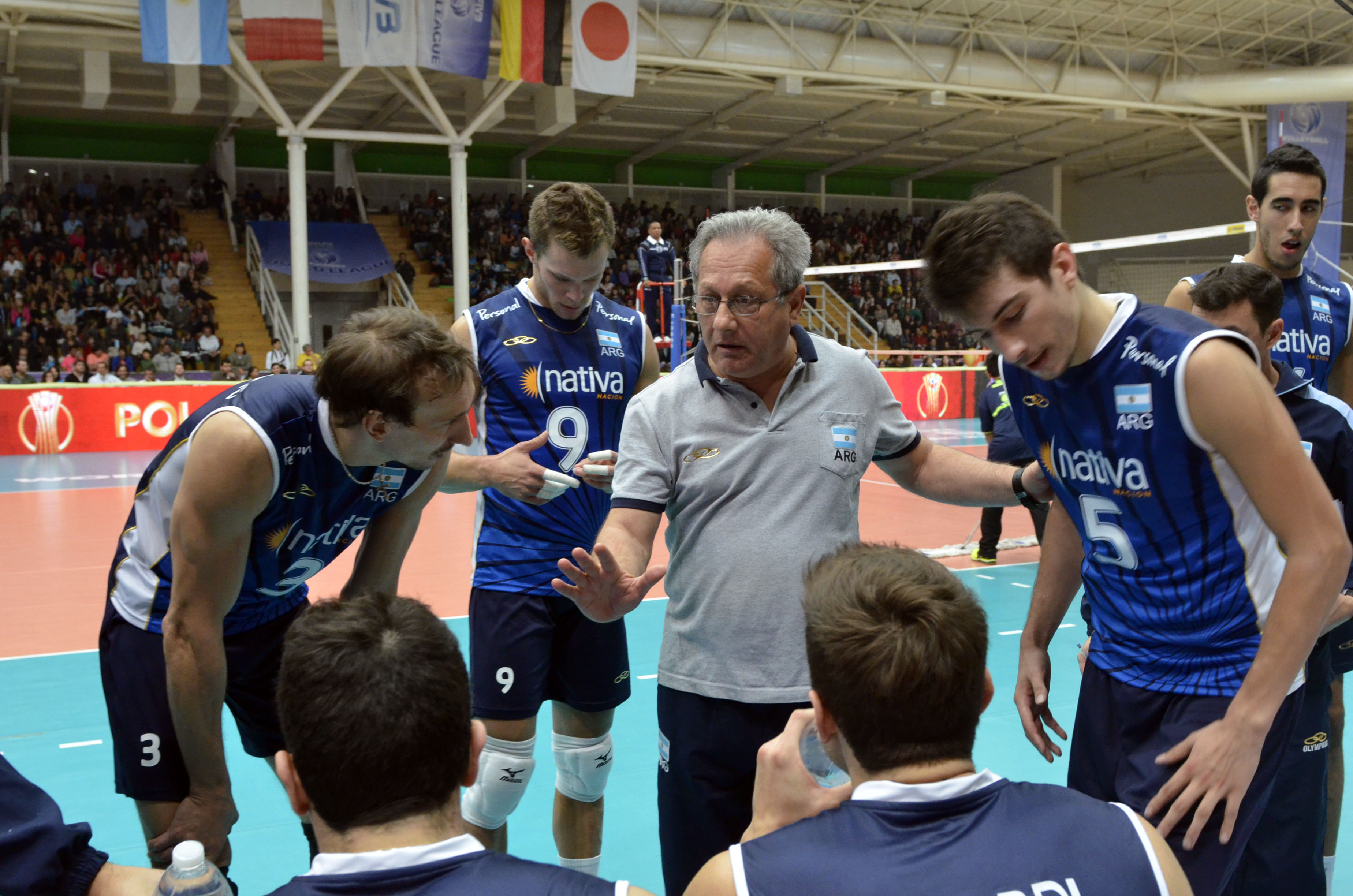
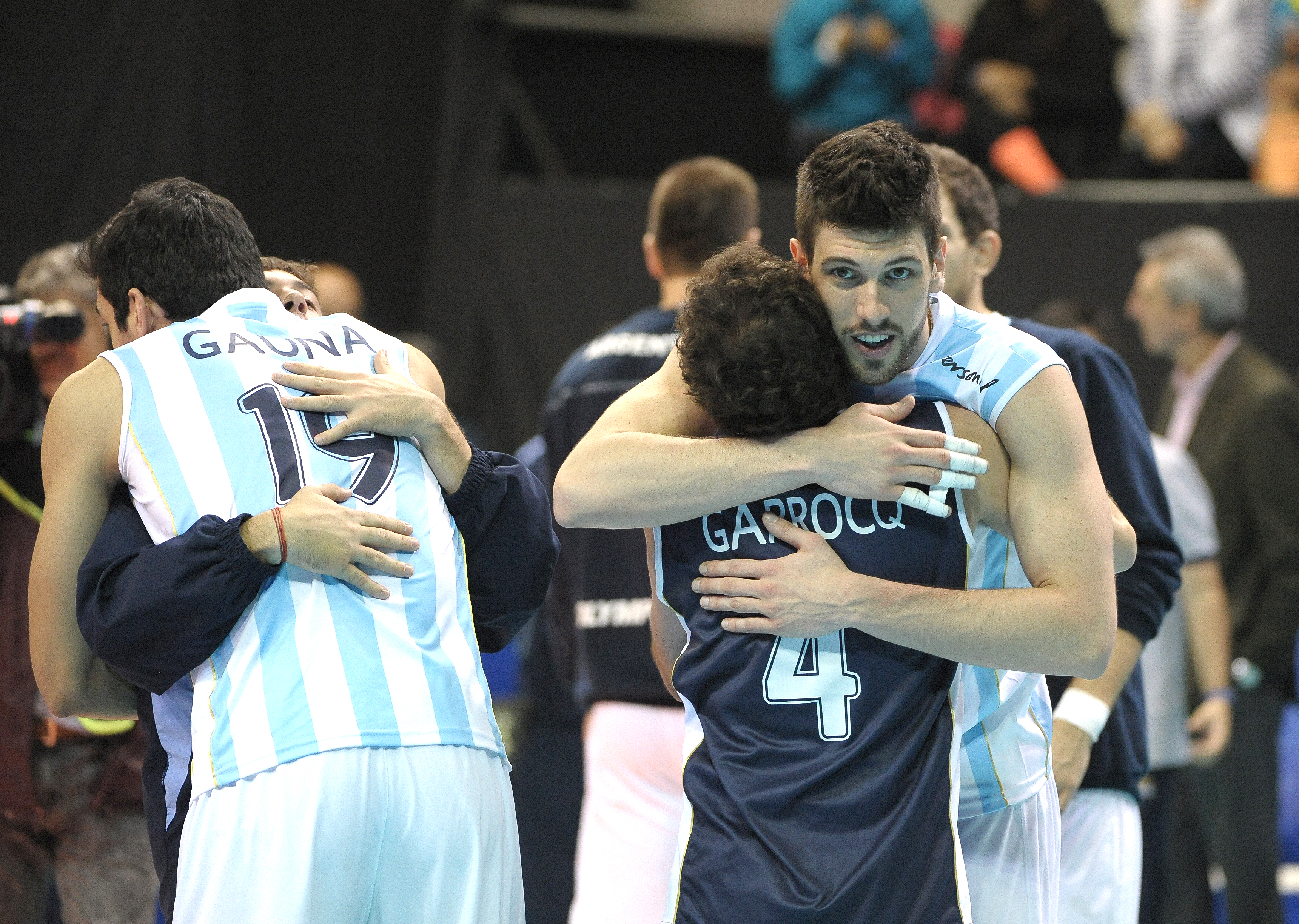
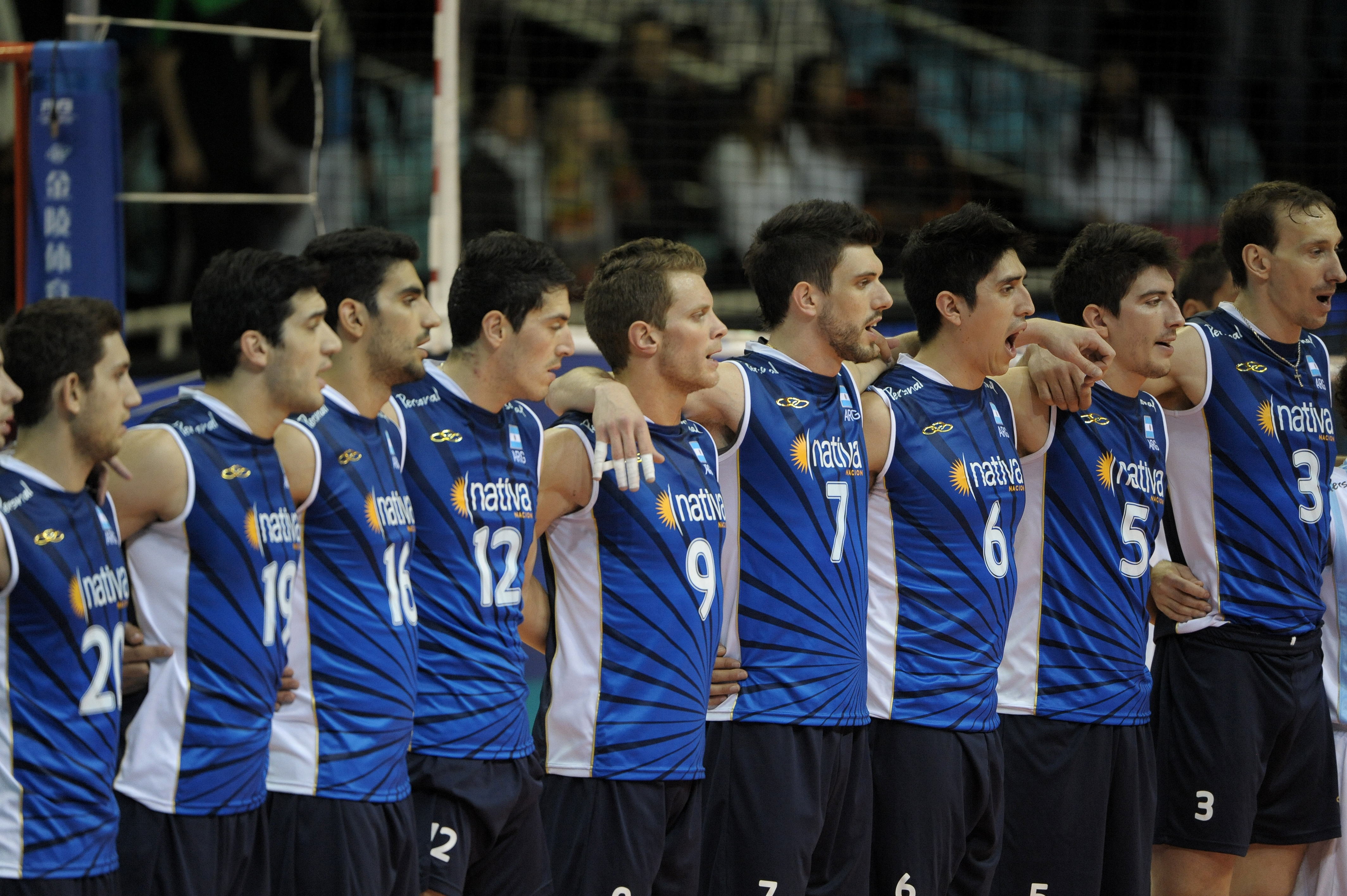
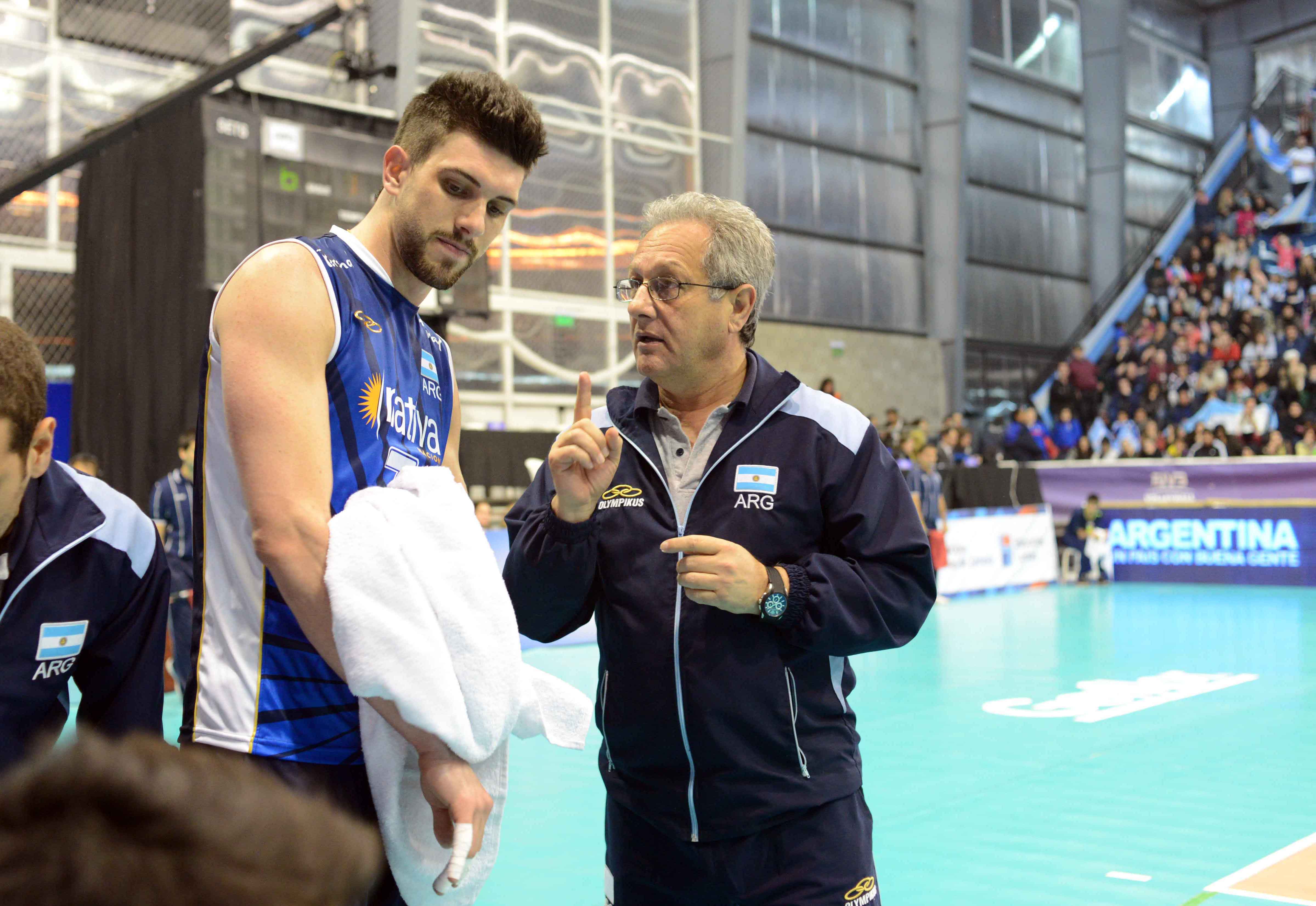
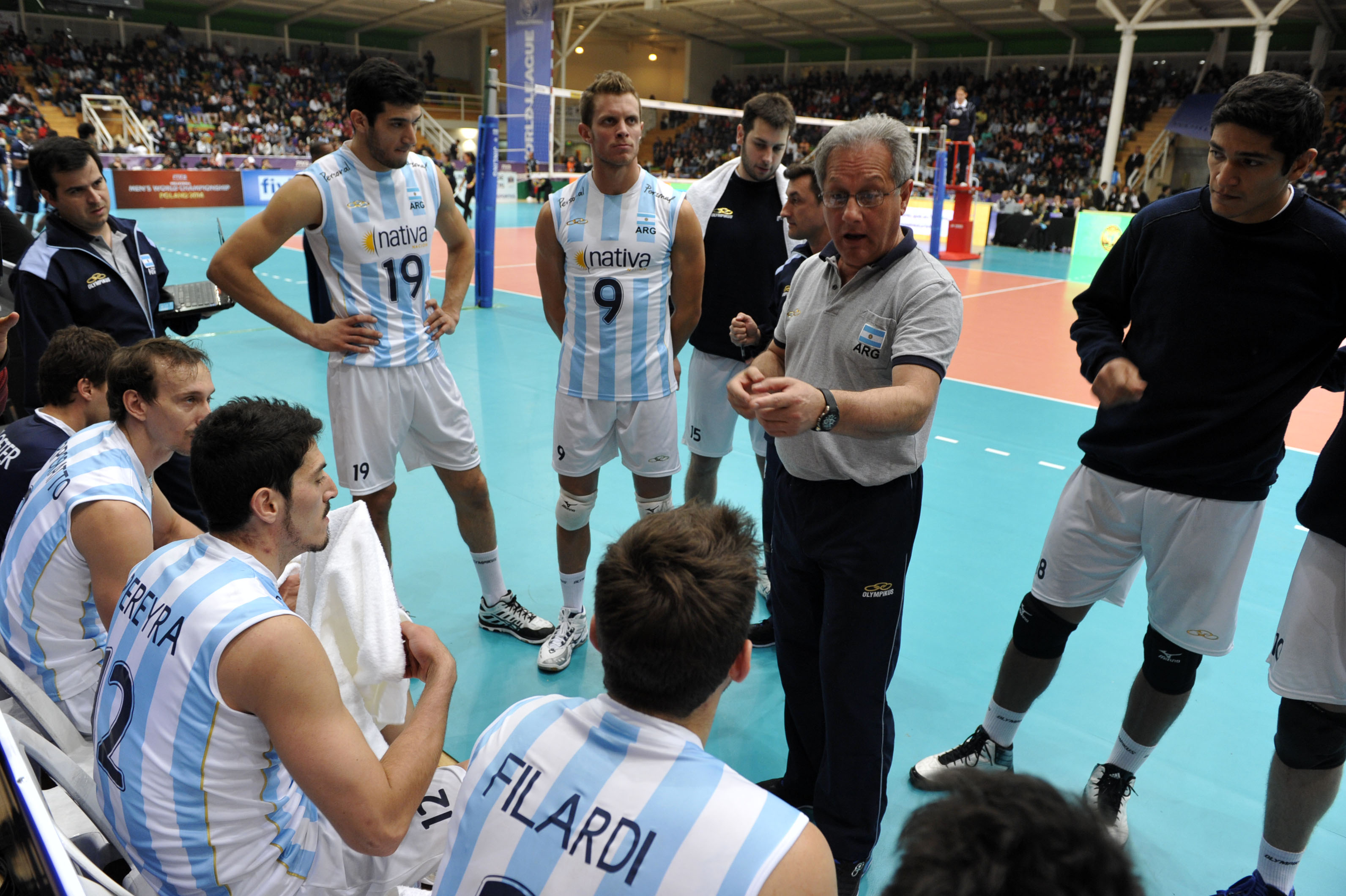
3 Comments
Leave a Reply